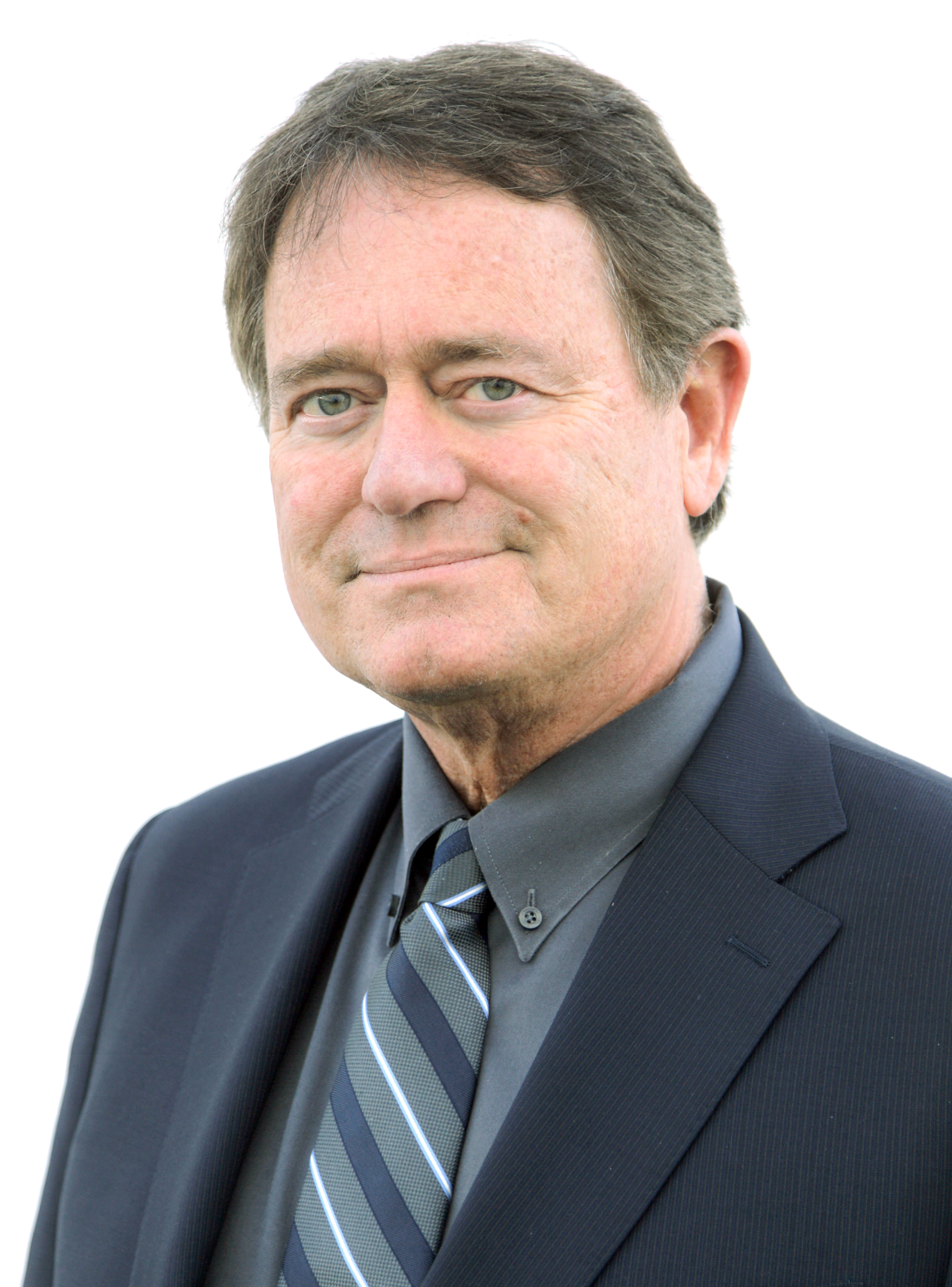ACAP Demonstration Project Underway
(click thumbnail)Dan Berkowitz of NBC Uni talks to Graham Jones of NAB and his wife, Linda, at the 2007 HPA Technology Retreat held in February in Palm Springs, Calif.ATSC has launched an ambitious project to demonstrate the capabilities of the Advanced Common Application Platform for interactive television. The first phase, a working demonstration of ACAP applications and interoperability, was unveiled at the 2007 Technology Retreat.
Sponsored by the Hollywood Post Alliance, the annual Technology Retreat in Palm Springs, Calif., has become a focal point for advanced video technologies. Again this year, ATSC sponsored a half-day seminar, focusing on the ACAP standard in general, and the demonstration project in particular.
Interactive television, or iTV, enables broadcasters to enhance programming with features such as voting/polling, games, sweepstakes entry, interactive ads, e-commerce and more. Creating a common standard for publishing iTV applications enables economies of scale where one application can run on multiple TV platforms.
ACAP is an iTV standard developed by the ATSC in conjunction with CableLabs that is optimized for terrestrial broadcast and compatible with cable industry methods of ITV carriage. The ACAP standard is the result of a landmark harmonization effort between the ATSC DTV Application Software Environment and the CableLabs Open Cable Application Platform, OCAP, specifications.
This standard, ATSC document A/101, is the culmination of an extensive effort by a dedicated team of specialists from dozens of diverse organizations.
ACAP defines the technical details needed by content providers, broadcasters, cable and satellite operators and consumer electronics manufacturers to develop interactive services and products. ACAP is important because it provides a single method of delivering interactive applications to terrestrial receivers and cable set-top boxes.
To move iTV applications forward, the ATSC Planning Committee last year launched a major demonstration project of the ACAP iTV system. Led by Dan Berkowitz of NBC Universal, the project is designed to illustrate how ACAP can be used to enhance the viewing experience. The project has been divided into two major elements:
Phase 1, a standalone demonstration of ACAP applications “broadcast” to and run on ACAP and OCAP receivers
Phase 2, a field trial in select market(s) of ACAP applications broadcast over the air, distributed on cable systems and picked up by ACAP and OCAP receivers
A developmental lab has been set up at NBC's 30 Rockefeller Center headquarters in New York to facilitate development of iTV applications and to test the interoperability of ACAP- and OCAP-enabled set-tops. Seamless interoperability is critical for content producers, who need to know that their ITV applications will play as intended on television sets receiving signals over the air and from cable. Interoperability with satellite systems is being studied.
The goals of the field trial were to raise awareness of content and business opportunities, and to demonstrate the interoperability of ACAP and OCAP. The Technology Retreat demonstration, held Jan. 31 through Feb. 2, showed several ITV applications developed by broadcasters in conjunction with software developers using the ACAP standard. Three program excerpts were shown with related iTV content—“Reality Remix” (Fox); “Deal or No Deal” (NBC); “The NewsHour with Jim Lehrer” (PBS).
Active participants in the project included Aircode, Alticast, Ensequence, Fox, LG, NBC, Pace, PBS, S&T, Softel-USA, SysMedia, Samsung, Unisoft, and Vidiom Systems. Live field trials are planned for later in the year.
One side benefit of the ACAP project is that it has identified elements of the ACAP standard that may need to be refined to provide optimum end-to-end performance. So far, the project team has found some subtle differences in the performance of certain ACAP and OCAP devices. This is likely due in some part to implementation choices made by vendors, and changes in the OPAP standard since the original harmonization effort with ATSC. Where updates to the ACAP standard are appropriate, those issues are being logged for future action within ATSC.
The term “interactive television” covers a wide range of applications, including customized news, weather, and traffic information, stock market data, enhanced sports statistics, games, commerce, video-on-demand and others.
There is no shortage of reasons why iTV is viewed with considerable interest. The backdrop for iTV growth comes from both the market strength of the Internet and the technical foundation that supports it. With the rapid adoption of digital video technology in the cable, satellite, and terrestrial broadcasting industries, the stage is set for the creation of an iTV segment that introduces to a mass consumer market a whole new range of possibilities.
For example, technologies are available that support interactive features for game shows, sports and other programs, interactive advertising, e-mail, and Internet access. Rather than concentrating just on Web services, the goal is to deliver a better television experience.
The international aspect of iTV development cannot be overstated. For iTV to be successful, content producers want to build applications that can play on many different platforms without significant modification. The need for iTV application exchange is one reason ACAP incorporated Java and GEM. Java is widely used as a programming language on the Web and in software development. It is based on a virtual machine that can be ported to a wide range of hardware platforms.
For iTV, Java is extended first by JavaTV and then by a set of related standards (MHP, OCAP, and ACAP). The core of these systems is maintained in common—GEM (Globally Executable MHP).
FOR MORE INFO
The ACAP specification can be downloaded at no charge from the ATSC Web site. See: www.atsc.org/standards/a101.html.
Jerry Whitaker is vice president of standards development for the ATSC. You can reach him via TV Technology.
Get the TV Tech Newsletter
The professional video industry's #1 source for news, trends and product and tech information. Sign up below.

